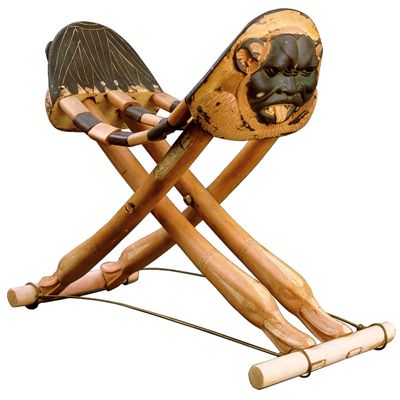 |
Localizzazione attuale |
EGYPTIAN MUSEUM [01/001] CAIRO EM |
Numero di inventario |
JE 62023 |
Datazione |
TUTANKHAMON/NEBKHEPERURA |
Sito |
VALLE DEI RE |
Categoria |
POGGIATESTA |
Materiale |
AVORIO; BRONZO |
Tecnica |
TECNICA DI LAVORAZIONE DEL METALLO; SCOLPITO |
Altezza |
19.2 cm |
Larghezza |
26 cm |